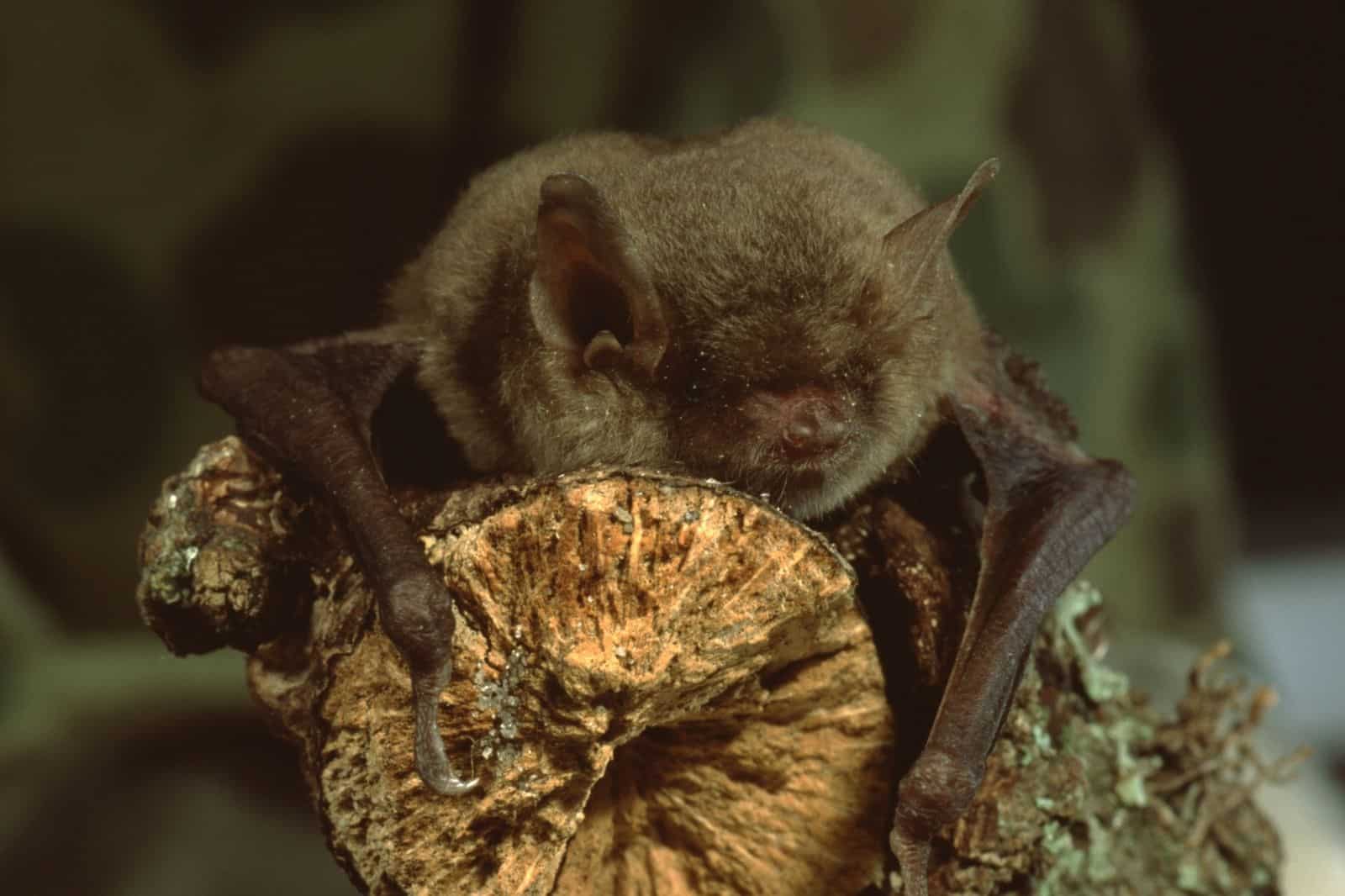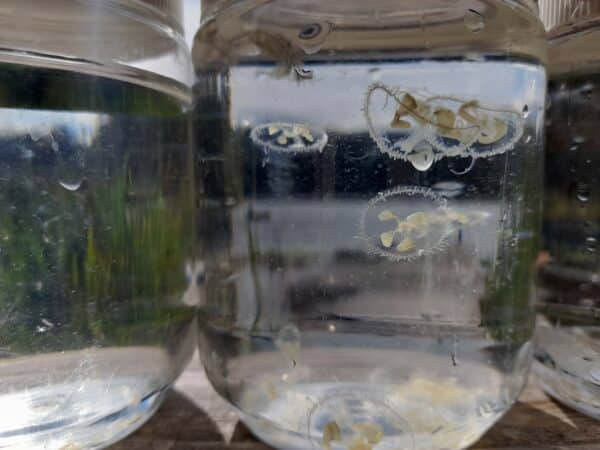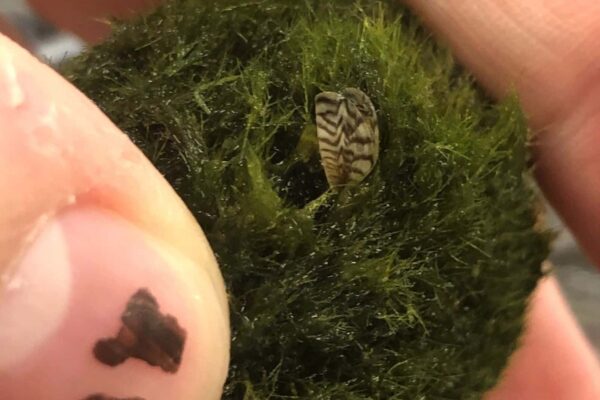An invasive fungus, Pseudogymnoascus destructans, continues to spread in Washington State. The fungus causes White-nose syndrome, an often fatal disease, in hibernating bats. The Washington Department of Fish and Wildlife (WDFW), in partnership with the U.S. Forest Service (USFS), recorded the spread into three new state counties as part of spring and summer field work. The first case of White-nose syndrome in the western US was confirmed in March 2016 in King County, Washington. The disease has not yet been observed in British Columbia.
White-nose syndrome affects hibernating bats by attacking their skin and damaging their wings. Bats infected with the disease can end hibernation too early, resulting in death by dehydration and starvation.
There are sixteen species of bats in BC, with half of them already considered species at risk. Bats are an important part of BC’s biodiversity, controlling insect populations and moving nutrients from wetlands to forests. The introduction of White-nose syndrome would have devastating results on BC’s bat population.
What can you do?
- Avoid areas where bats are known to roost, as humans can unintentionally spread the fungus on clothing, shoes or recreational equipment.
- If avoidance is not possible, decontaminate all clothing, gear and equipment.
- Prevent accidental transport of bats by checking vehicles and gear for hitchhikers.
- Report bats that are flying or found dead, during winter and early spring, to the BC Community Bat Program at 1-855-922-2287 or info@bcbats.ca
For more information on BC bats visit the Community Bat Programs of BC website. Learn more about the disease in the BC White-Nose Syndrome Alert.
Share


















